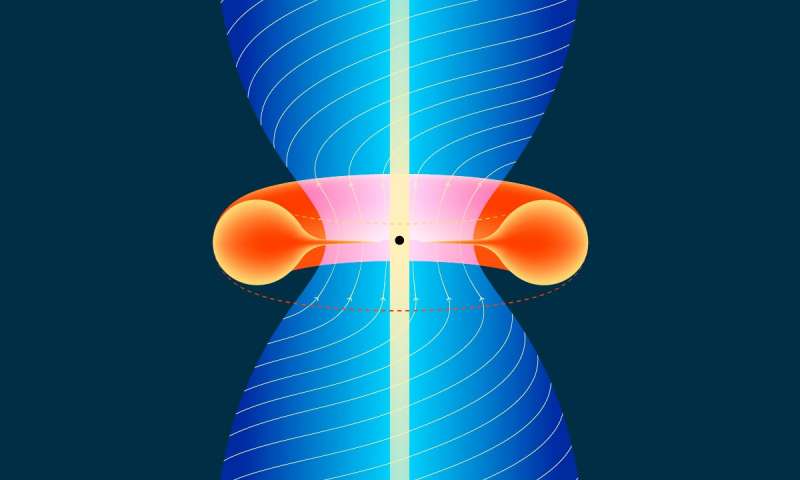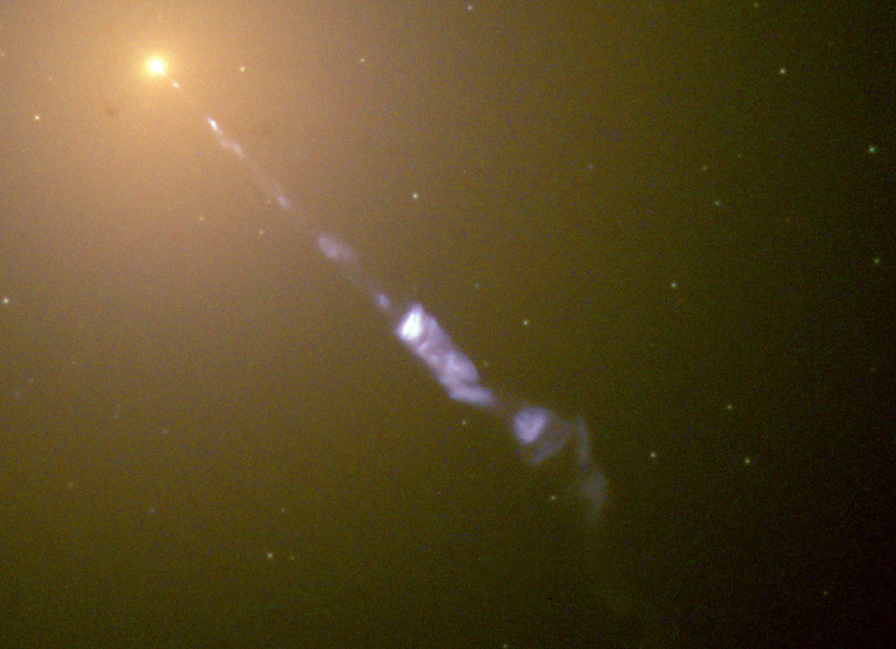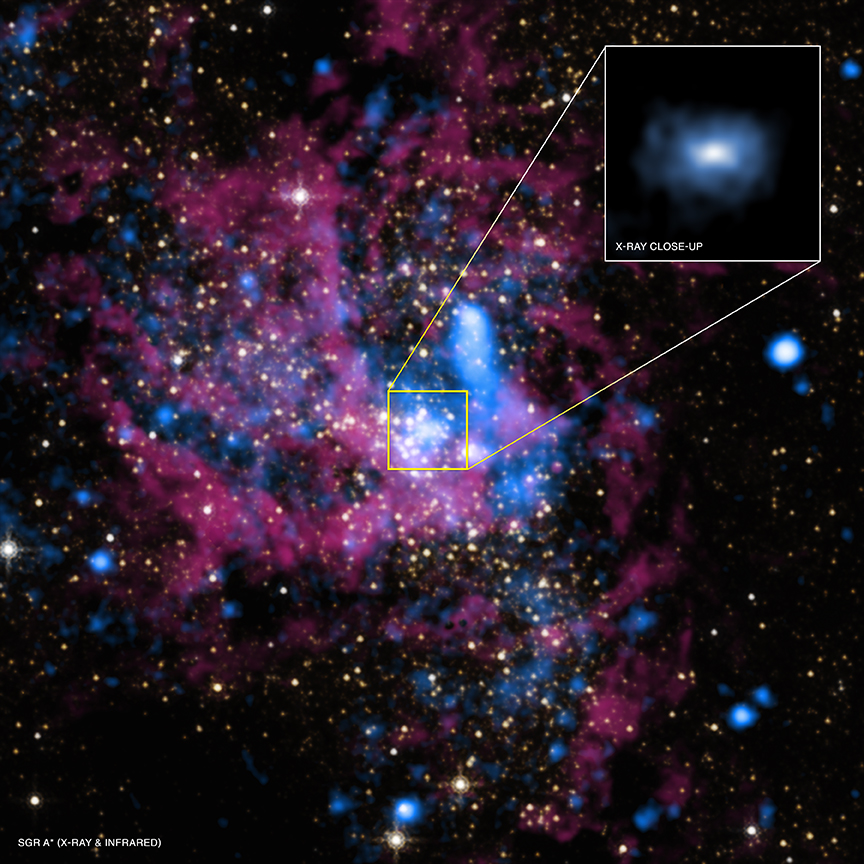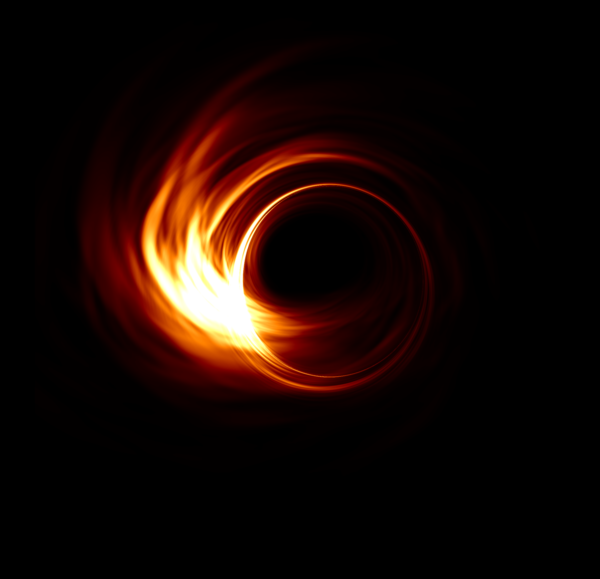The Mission to Image a Black Hole
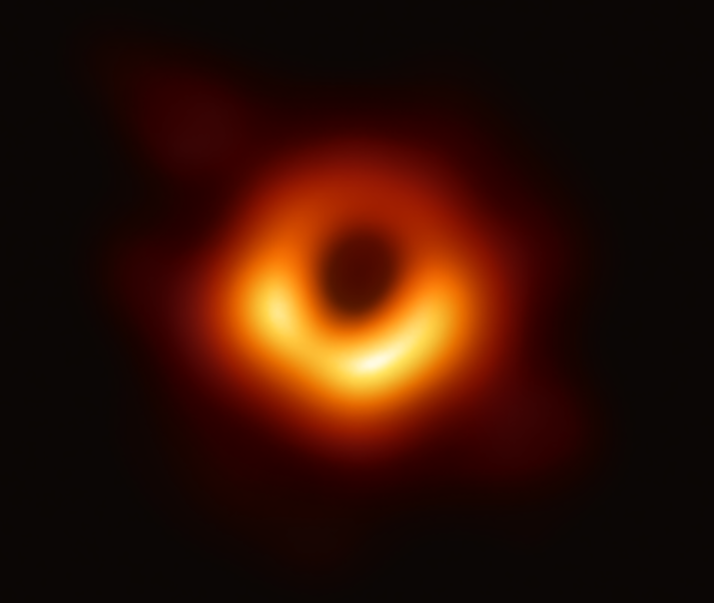
On April 10th, 2019, the first image of a black hole was released to the press, and soon the news travelled across the world.
The black hole imaging process took years to implement, the first proposition from 1999. 20 years later, through use of dramatically improving technology and worldwide collaboration, we have the ability to accurately capture images of supermassive black holes, providing observational evidence to prove theories in astrophysics and answer questions about the strange nature of a black hole.
A Telescope the Size of Earth
The Event Horizon Telescope is an Earth-sized telescope made up of an array of telescopes throughout the world. Creating the images depended on a large amount of digital data from telescopes in Hawaii, Mexico, Chile, Arizona, Spain, and even Antarctica. There are plans to expand the array to include telescopes in France, Greenland, and another in Arizona.
The EHT project also has global partnerships with organizations such as the European Southern Observatory and the East Asian Observatory, truly working to be as global as possible.
The Utmost Precision Required to Image a Dot
Though supermassive black holes are, well, supermassive, they are still incredibly small to observe and require state-of-the-art equipment and resources to image.
VLBI
The EHT project assembles a Very Long Baseline Interferometry network (VLBI), consisting of dishes around the world. Since these dishes are not directly connected, the information must be kept precise and stable, so the VLBI uses atomic clocks, or hydrogen masers, that time-stamp recorded data. For better synchronization, the VLBI also uses GPS clocks, with precision up to a millionth of a second. The VLBI also uses short wavelengths, as small as 1.3mm, for accurate data.
Current Technology
The ever-improving technology the world has experienced has also greatly contributed to the success of imaging the black hole. A single telescope produces about 350 terabytes of data, and petabytes (billions of gigabytes) of data were used with highly specialized supercomputers just to hold and render data. The recording rate has greatly increased for the EHT, recording up to 64 giga-bits a second.
Simulations
Simulations are also essential in providing reconstructions and scenarios to predict how the black hole may appear. Not only may they provide sample images, but researchers have also made use of virtual reality and other interactive tools to get an in-depth look on black holes.







